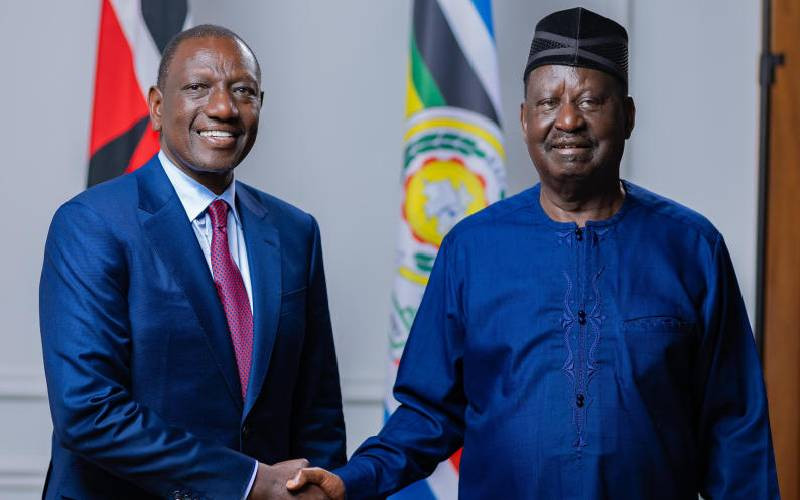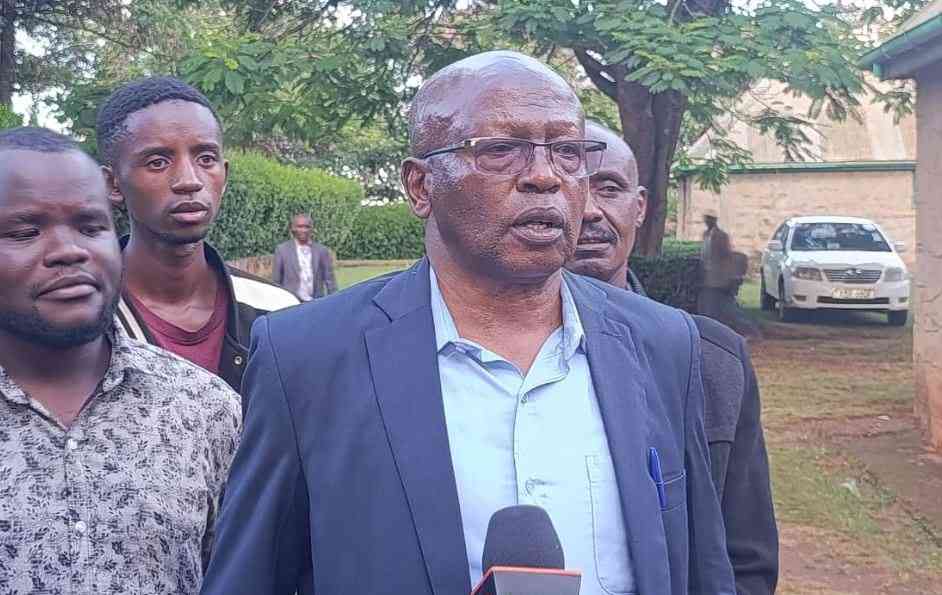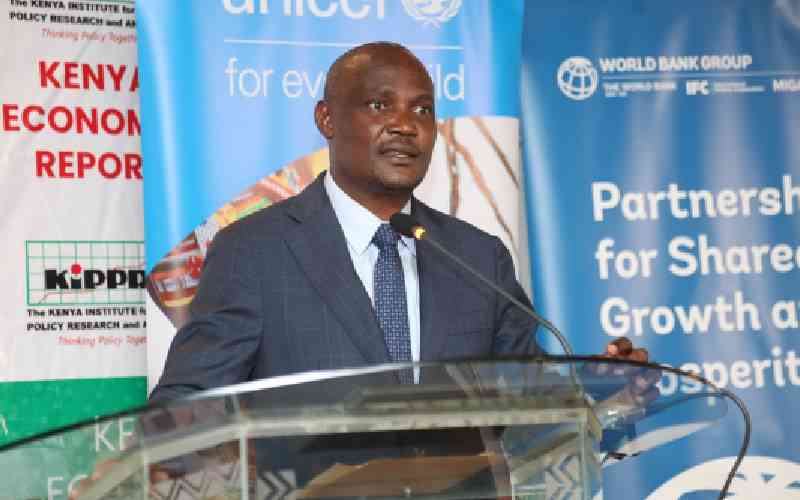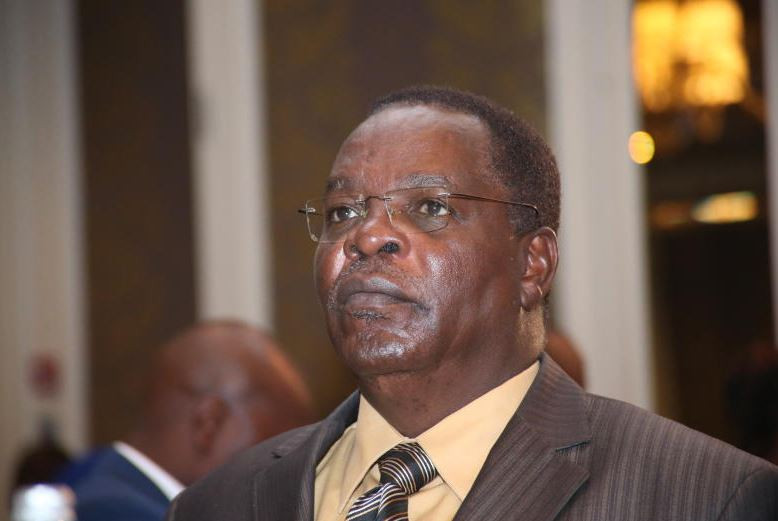×
The Standard e-Paper
Read Offline Anywhere

In what political commentators are describing as a bold political maneuver, President William Ruto is strategically reshaping Kenya's political landscape as he lays the foundation for both his first-term legacy and his 2027 re-election bid.








